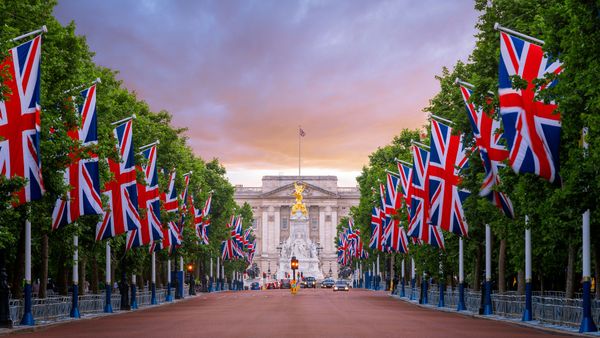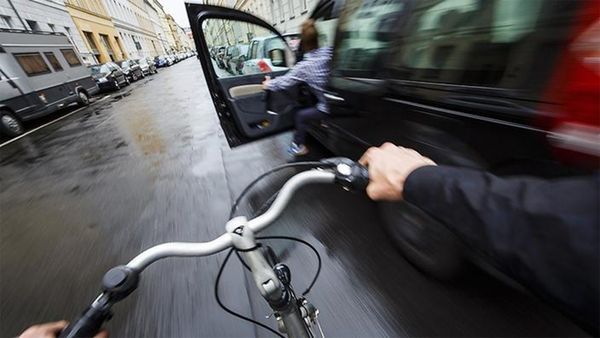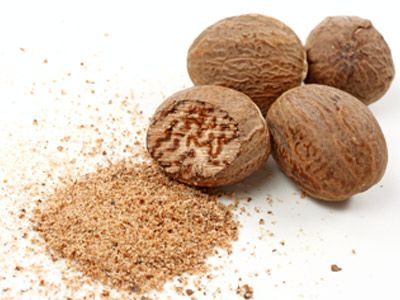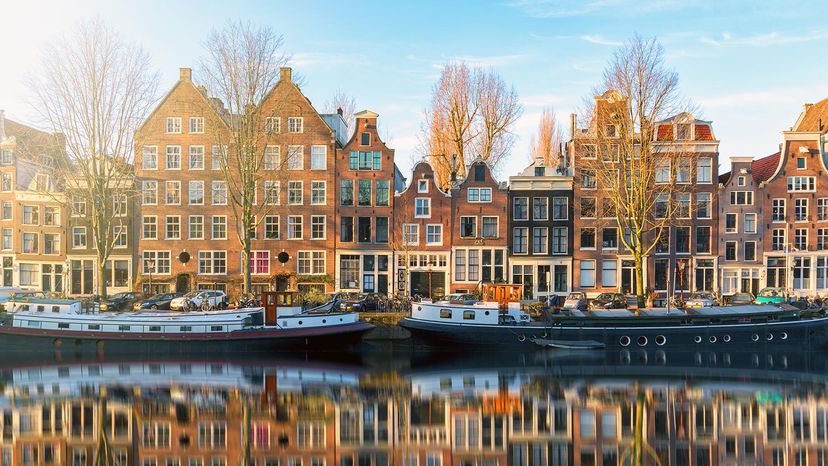
When you hear the word Holland, you probably envision brightly colored tulips, winding canals, windmills, cheese and even those adorable wooden shoes.
You also might think that Holland — which boasts the densely populated and well-known cities of Amsterdam, Rotterdam and The Hague (Den Haag) — is its own country. But, technically, you'd be wrong.
Advertisement
Although Holland has become a universally accepted name for the Netherlands (and the government's travel website for the country is even Holland.com), it actually is just a region of the northwestern European country. Put simply, Holland is convenient shorthand for the more cumbersome term the Netherlands.
So, when did this confusion of names first begin? We can trace one story back to Dutch sailors who traversed the open seas during the Golden Age in search of new land, trade routes and spices. When asked what country they were from, the sailors were known to say they were from North or South Holland, which made many outsiders believe Holland was a country.
But the Netherlands itself has gone through many name changes over the years, just adding to the confusion.
From 1588 to 1795, the nation was known as the Republic of Seven United Netherlands. After the republic was conquered by French troops in 1795, it became the Batavian Republic. French Emperor Napoleon Bonaparte named his brother Louis king in 1806, turning the country into a kingdom.
After Napoleon's withdrawal from the area, the Netherlands remained a kingdom ruled by William VI of Orange. William VI was sovereign prince of the Dutch Republic, and in 1815 he became king of the United Netherlands, which included the southern Netherlands and the Grand Duchy of Luxembourg.
But in 1831, leading European powers decided Belgium should be independent and the Netherlands as we know it today came to be. At that time, the area known as Holland made the biggest contribution to the entire nation's economy and wealth. So, it was the most commonly used name to indicate the entire country.
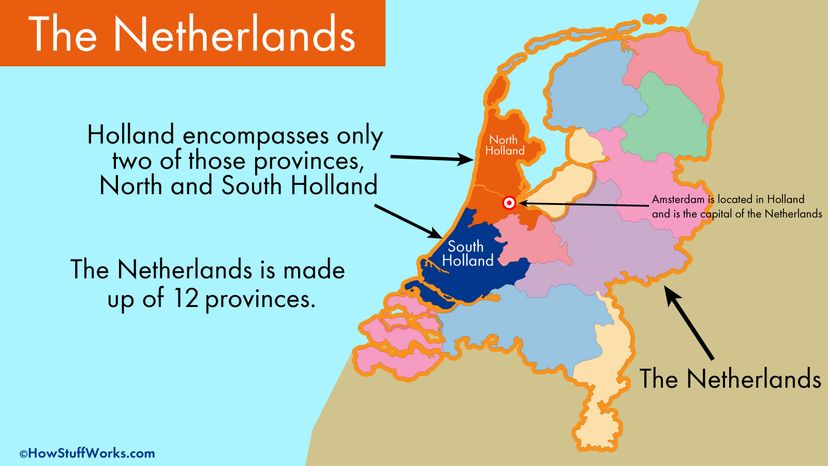
In reality, Holland makes up just two of 12 provinces of the Netherlands — North and South Holland (or Noord- and Zuid-Holland), which are located on the west coast of country. North and South Holland are home to the country's capital Amsterdam; its seat of government, The Hague; and Europe's most important port, The Port of Rotterdam.
The other 10 provinces in the Netherlands are Zeeland, Noord-Brabant, Utrecht, Flevoland, Friesland, Groningen, Drenthe, Overijssel, Gelderland and Limburg, and each has its own capital, self-rule and administration. So essentially that means simply calling the Netherlands "Holland" is similar to referring to the United Kingdom as England. It is correct and appropriate, however, to say that you are traveling to Holland if you are visiting Amsterdam, for example.
Now, how do you refer to the people who live in the Netherlands (and Holland)? In short, Dutch is the broadest term used to describe all the people of the Netherlands. Those from the provinces of North and South Holland are often referred to as Hollanders. The Dutch use Nederlands as one way to describe the Dutch, and Nederlanders when referring to the people of the Netherlands, but these terms are rarely used in the English language.
Still confused? No worries. Most Dutch people will pardon visitors who mix up these terms. Just don't confuse them with the Danish. That's a whole different story.
Advertisement
